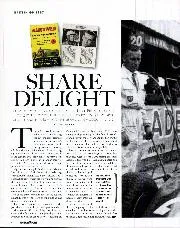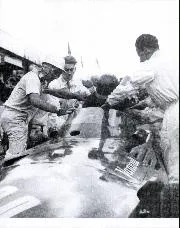The Red Arrows, however, were exempted – seemingly at the last minute. “I am pleased to say that Formula 1 has confirmed this much-loved tradition can continue at Silverstone in 2022,” said Silverstone Circuits managing director Stuart Pringle in a statement, going on to explain that the Red Arrows “are not classed as military aviation and, as such, do not fall into the category of those displays that will no longer be permitted at Formula 1 events.” The Red Arrows first performed at the British Grand Prix in 1966.
Given that the display team is part of the RAF and piloted by RAF officers, the reasoning appeared spurious to many fans: “Typical UK. Playing with words and rules. One rule for them and another for the rest. This is supposed to be good for the environment, and the UK goes against it,” commented one user on our website. “British bias once again,” said another. On social media, perhaps unsurprisingly, the response was even more vociferous and forthright.
When we started reporting back in 1924 Britain was very much an also-ran in global motor sport
It is not just the fans that detect a less than impartial element to F1 and especially the media that covers it. Last summer Fernando Alonso broke cover to declare that the disproportionate number of British journalists covering the sport led to the creation of an atmosphere where other nationalities were seen as the enemy.
“I have the impression always that when things become a little bit spicy or tense on the title fight… this sport, it is a British environment,” Alonso said. “You know all the teams, they are British, most of you guys, the journalists, or the media attention, TV crews, everyone is from the UK and understandably there is a little bit of preference of your guy in your country who can be competitive and keeps winning. It was what I felt when I was racing and it seemed like I was the bad guy when I was trying to fight against British guys.”




